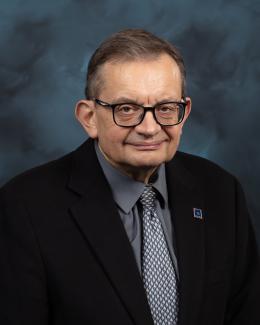Abstract
A search for superallowed α decay of N=Z nuclei 104Te and 108Xe was carried out using a novel recoil-decay scintillator detector at the tandem accelerator facility at the Japan Atomic Energy Agency (JAEA). Inorganic crystal scintillation material YAP:Ce (yttrium aluminum perovskite) coupled to a position-sensitive photomultiplier tube (PSPMT) was implemented for the first time in a radioactive decay experiment. Residues from the fusion-evaporation reaction 58Ni+54Fe→112Xe∗ were separated by the JAEA Recoil Mass Separator (RMS) and implanted into the YAP:Ce crystal. α decays of neutron-deficient tellurium isotopes were identified and proton emission of 109I was observed. The α-decay chain 109Xe→105Te→101Sn was recorded with a time interval of 960 ns between two α pulses. Position localization in the crystal for decays and ions in the energy range from hundreds of keV to 60 MeV was achieved with an accuracy of 0.67 mm, proving that this detector is capable of making temporal and spatial correlations for fast decay events. No conclusive evidence was found for the decay chain 108Xe→104Te→100Sn within 3 days of experiment. However, two events were observed with properties consistent with the reported observation at the Fragment Mass Analyzer (FMA), but with a separation between signals of less than 4 ns. The cross section limit of 130 pb was obtained for production of two events of 108Xe, about an order of magnitude below the expectation based on earlier cross section measurements and the hivap fusion-evaporation code.



